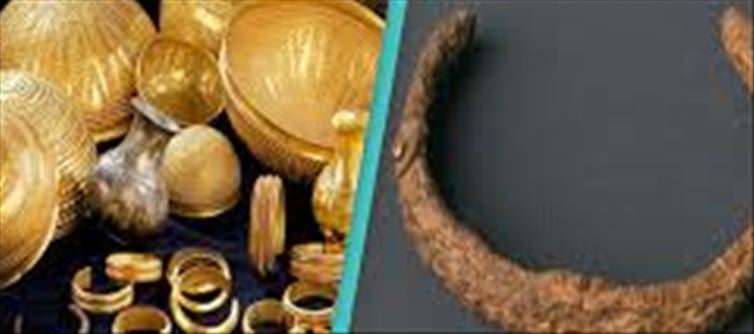
Meteorite connection of Villena's treasure!!!
New information has come to light about the ancient treasure kept in the museum located in Villena, Spain. A new study has revealed that this treasure includes two such things, which are not from the Earth, but are made of metals from meteorites. This study has been published in the journal Trabajos de Prehistoria, which challenges the traditional information about metalwork in ancient Spain. However, now the new study emphasizes that the people of the Bronze Age were more capable than we imagine in using rare metals from space.
This treasure of Villena was discovered in 1963
This treasure of Villena was discovered in 1963. This treasure consists mostly of gold jewelry and many other things, which is evidence of the fine art of the goldsmiths of the Bronze Age. However, two strange things were found in this treasure, which seem to be made of iron. In which a bracelet and a small hollow sphere were found. These two things in the treasure became a mystery for the experts. Experts started thinking that the use of iron in this area started after 850 BC. At the same time, these things are considered to be between 1500 to 1200 BC. So in such a situation, the question arises in front of the experts that where did the iron come from in this area at that time.
Jewelry is made from meteorite iron!
At the time when the researchers made the jewelry found in the Villena treasure, iron was not used in the Iberian Peninsula. In such a situation, these jewelry found in the treasure may not have been made from normal iron, but from metal obtained from rare meteorites. It is noteworthy that the iron found in meteorites is different from the normal iron of the earth. It contains a large amount of nickel and has a different chemical identity.
According to the report, earlier people considered meteorite iron as a special metal because it came from the sky. To test whether Villena's jewelry was made of meteoric iron, scientists used a new technique called mass spectrometry to examine its chemical composition. During the examination, the iron was found to have a very high amount of nickel, which matches the iron from the meteorite, despite being rusted.




 click and follow Indiaherald WhatsApp channel
click and follow Indiaherald WhatsApp channel